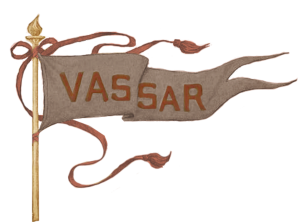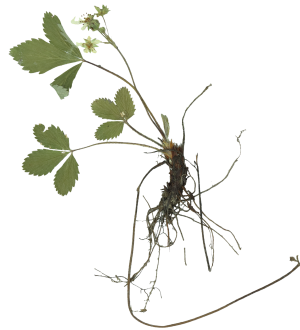At a Meeting of the
Faculty of Vassar College
held
May eleventh, nineteen hundred
and seventy—seven, the following
Memorial
was unanimously adopted:
For sixteen years, from 1952 until 1967 - Concetta Scaravaglione
was a part-time Lecturer in the Art Department. Coming up by
train each week from her studio-home in New York City, she taught
the art of sculpture, quietly and sensitively, encouraging her
students to find their own way rather than to echo her own. Concetta
was a small, but wiry and energetic woman, with a piquant sense
of humor. She was warm-hearted and affectionate, but she was
primarily a determined creative artist with a steady and serious
regard for the integrity and significance of her craft.
Concetta Scaravaglione was born in New York on July 9, 1900,
one of nine children of Italian parents. As a very young girl
she expressed an interest in art and at 16 she entered the National
Academy of Design and later at the age of 21 she studied at the
Art Students League. Before coming to Vassar in 1952, she
taught at the Educational Alliance in New York, the Masters In-
stitute in New York, New York University, Sarah Lawrence and
Black Mountain College. Her distinction was recognized many times:
in l935 she was awarded the Widener Gold Metal at the Pennsylvania
Academy of Arts and Letters; she received a grant from the
American Academy of Arts and Letters in 1945 and in 1947 she was
the first woman to receive the Prix de Rome for study of the
fine arts at the American Academy in Rome. In the late 50's and
60's she served frequently as a judge in art contests in New York
State and New Jersey. Her sculptures were exhibited widely:
at the Museum of Modern Art, the Whitney Museum, the Chicago Art
Institute, the Corcoran Gallery in Washington, Pennsylvania
Academy, Brooklyn Museum and the Metropolitan Museum of Art.
Arizona State College, Dartmouth, the Art Gallery of Hamilton,
Ontario, the Museum of Modern Art and the Whitney Museum all own
examples of her work.
However, those of us who were at Vassar in 1967 remember
with pleasure the retrospective exhibition of Concetta's
sculpture held in the Art Gallery. She modelled in clay, she
carved in wood and stone, she cast bronze and she was one of the
first American sculptors to explore the technique of welding
metal. One of the most expressive and haunting examples of her
work - a large Woman Walking in copper (1961) — stands today in
-2-
the Vassar Art Gallery. When applying for a leave in 1962,
Concetta wrote as follows: “I wish to refresh and extend my
knowledge of classical works of art. In order to do this, I
will travel for the first time to Greece and Crete and visit again
such places as Paestum and Florence, Italy.“ Indeed a kind of
classical spirit is always felt in her art: the human figure was
her special subject; it is always recognizable; movement, tension
yet clarity of feeling are conveyed by her often elongated forms.
During an interview with a reporter from the Magazine of Art
Concetta once said: "If, in the ordered work of sculpture, I
can convey something of my unconscious conception of beauty, and
my absorbed enjoyment in the work, if the stone or the clay or
the wood is not too obstinate, if it seems to be on friendly terms
with me, then I am profoundly happy.“
Concetta died of cancer on September 24, 1975, in New York.
Leila C. Barber
Christine M. Havelock
Linda Nochlin Pommer
May 11, 1977

